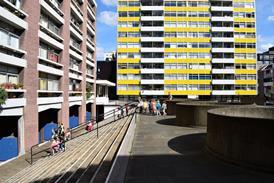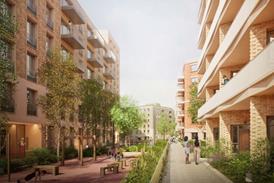- Home
- Intelligence for Architects
- Subscribe
- Jobs
- Events

2025 events calendar Explore now 
Keep up to date
Find out more
- Programmes
- CPD
- More from navigation items
How to avoid a judge taking an interest in your work

The Tate Modern privacy case and other recent legal proceedings have resulted in precedents architects will need to be aware of, says Eleanor Jolliffe
I’ve never read a legal judgement before – not in full. Part III led to some skimming of significant pieces of case law but I would be lying if I said they were actually read. However, a barrister friend assured me that the Tate Gallery judgement was worth a read. So, both out of professional interest and general neighbourly nosiness (I work in SE1) I read it through.
For those who haven’t kept up with this it is the case brought against the Tate by several residents of Richard Rogers’ Neo Bankside development over the intrusion into their privacy from the gallery’s 10th-floor public viewing gallery. Justice Mann recently found in favour of the Tate.
Firstly, my friend was right: it is worth a read. There are moments of pure sass that I was not expecting from a legal document – my favourite of which must be: “She has been the director of the Tate Modern since 2016… Her evidence seemed to give the gallery a degree of artistic and social importance that some might think was over-stated, but little turns on whether that is right or not.”
…
This content is available to registered users | Already registered?Login here
You are not currently logged in.
To continue reading this story, sign up for free guest access
Existing Subscriber? LOGIN
REGISTER for free access on selected stories and sign up for email alerts. You get:
- Up to the minute architecture news from around the UK
- Breaking, daily and weekly e-newsletters
Subscribe to Building Design and you will benefit from:

- Unlimited news
- Reviews of the latest buildings from all corners of the world
- Technical studies
- Full access to all our online archives
- PLUS you will receive a digital copy of WA100 worth over £45
Subscribe now for unlimited access.






